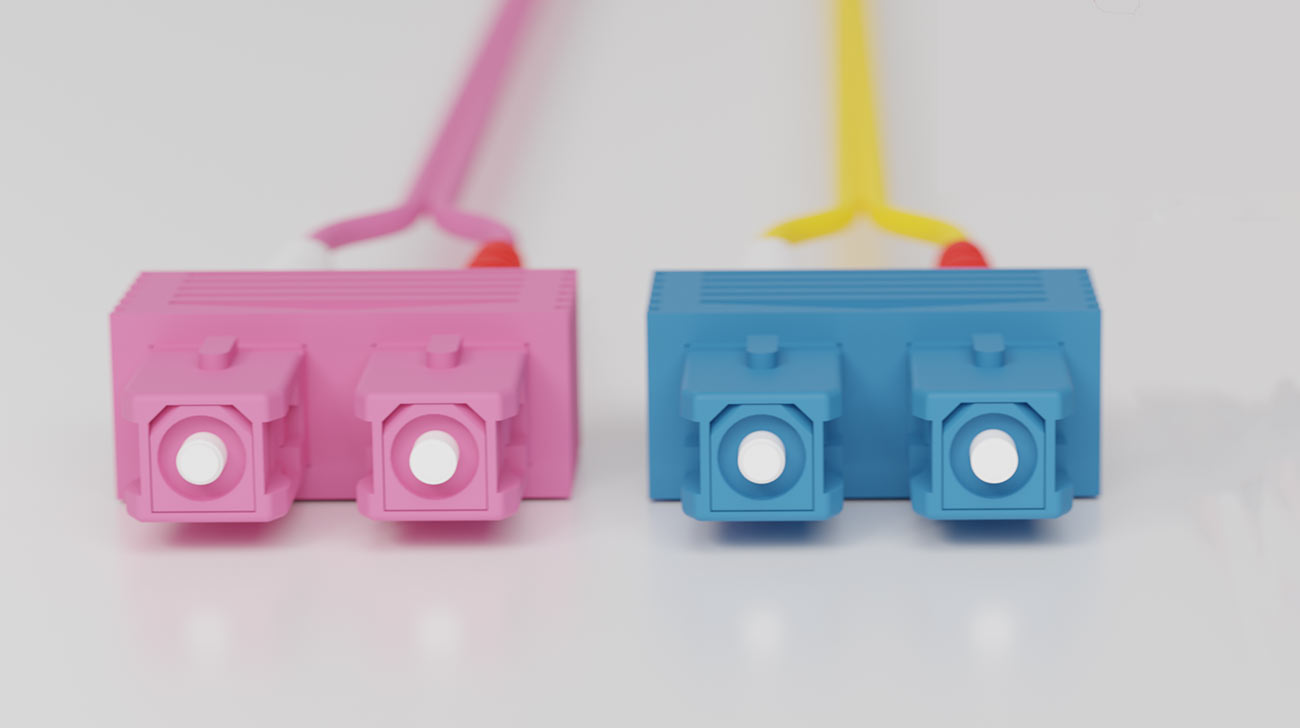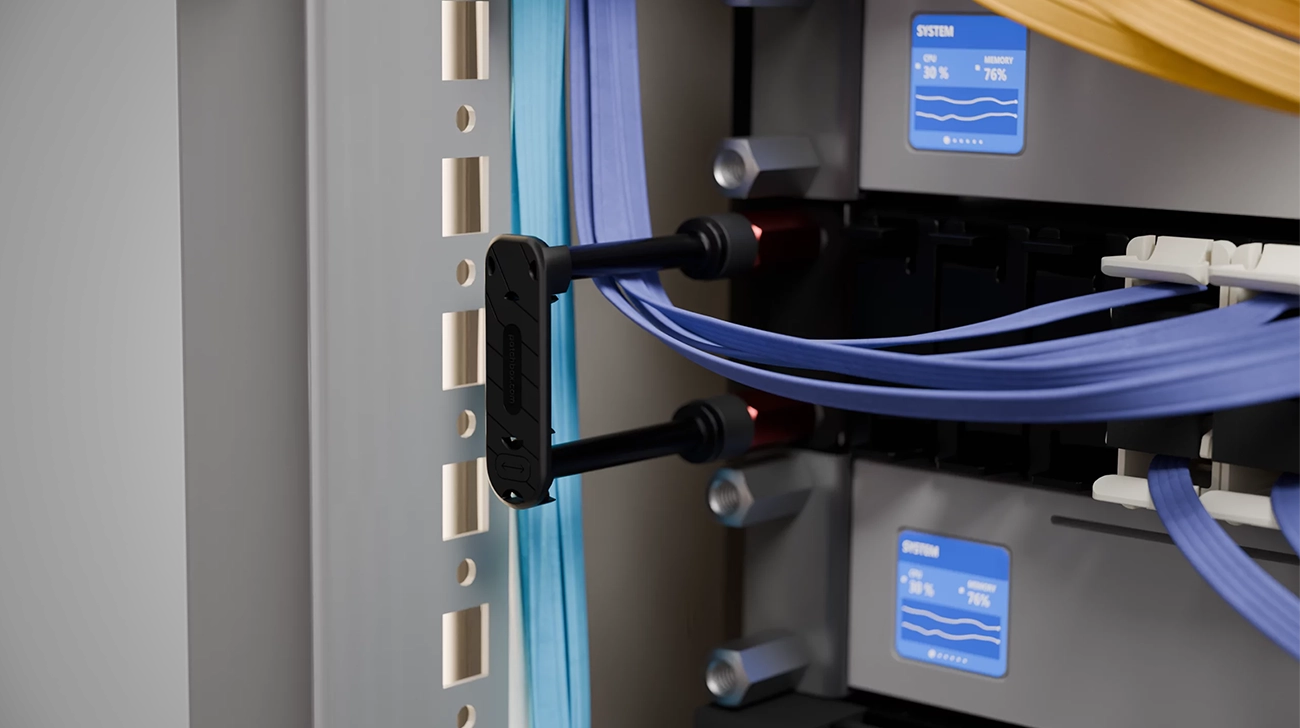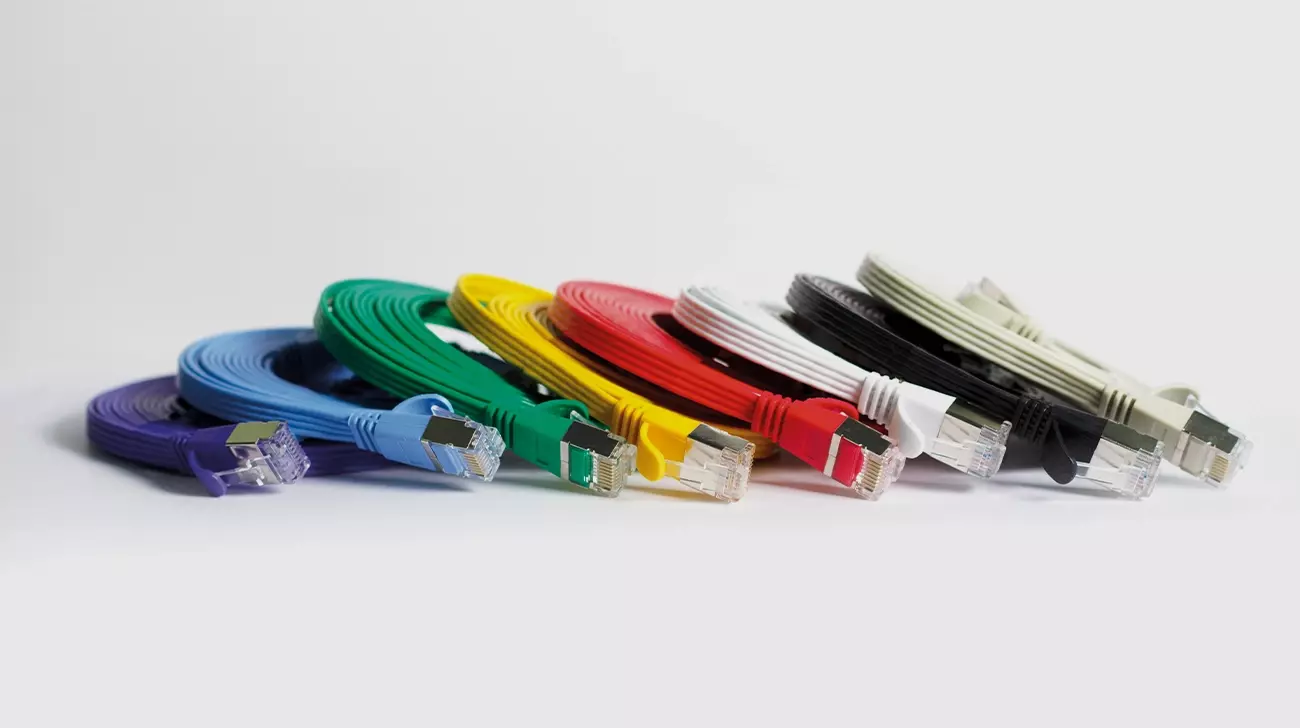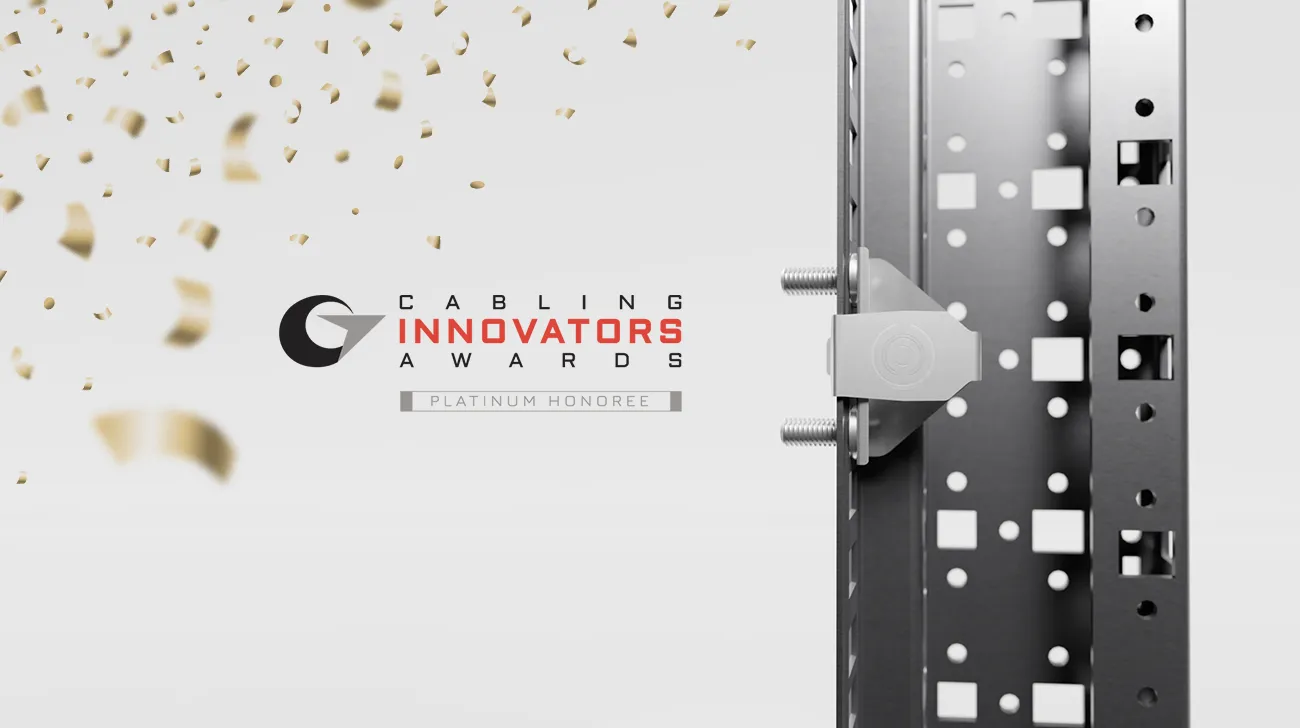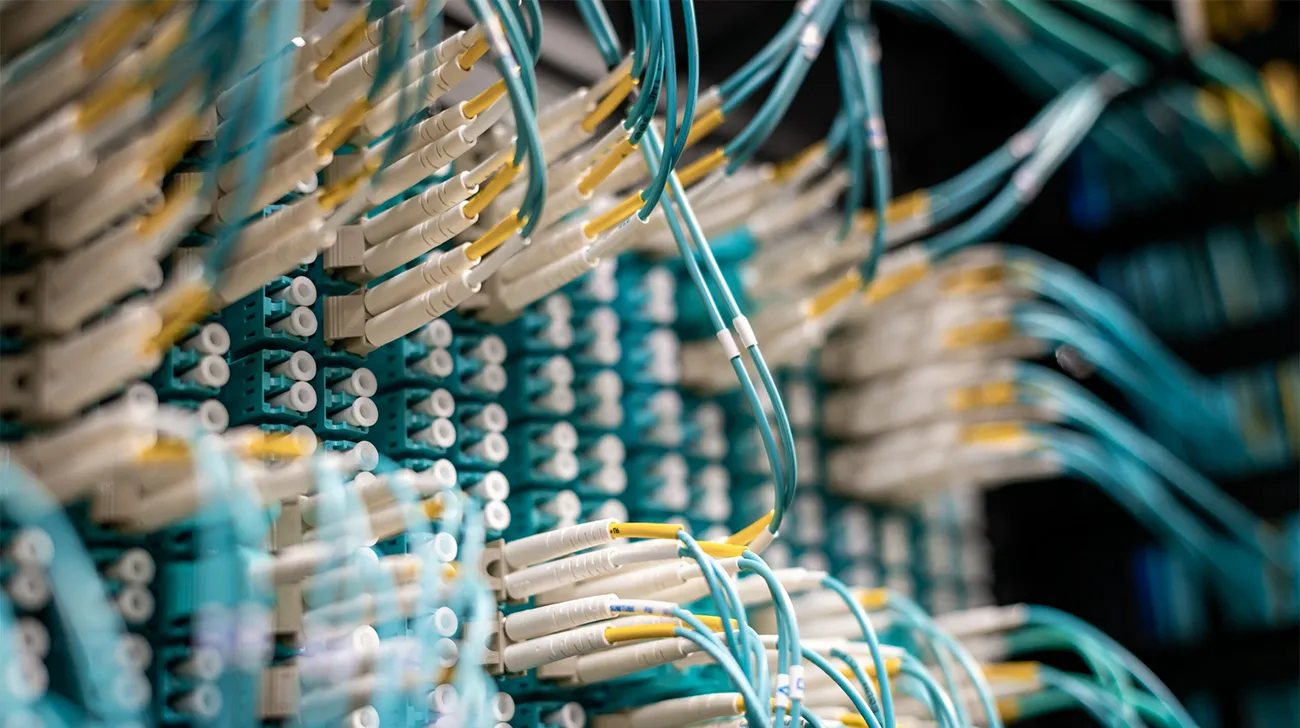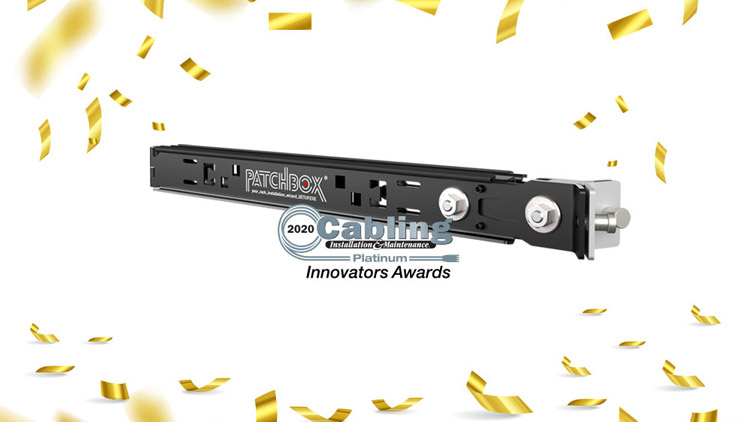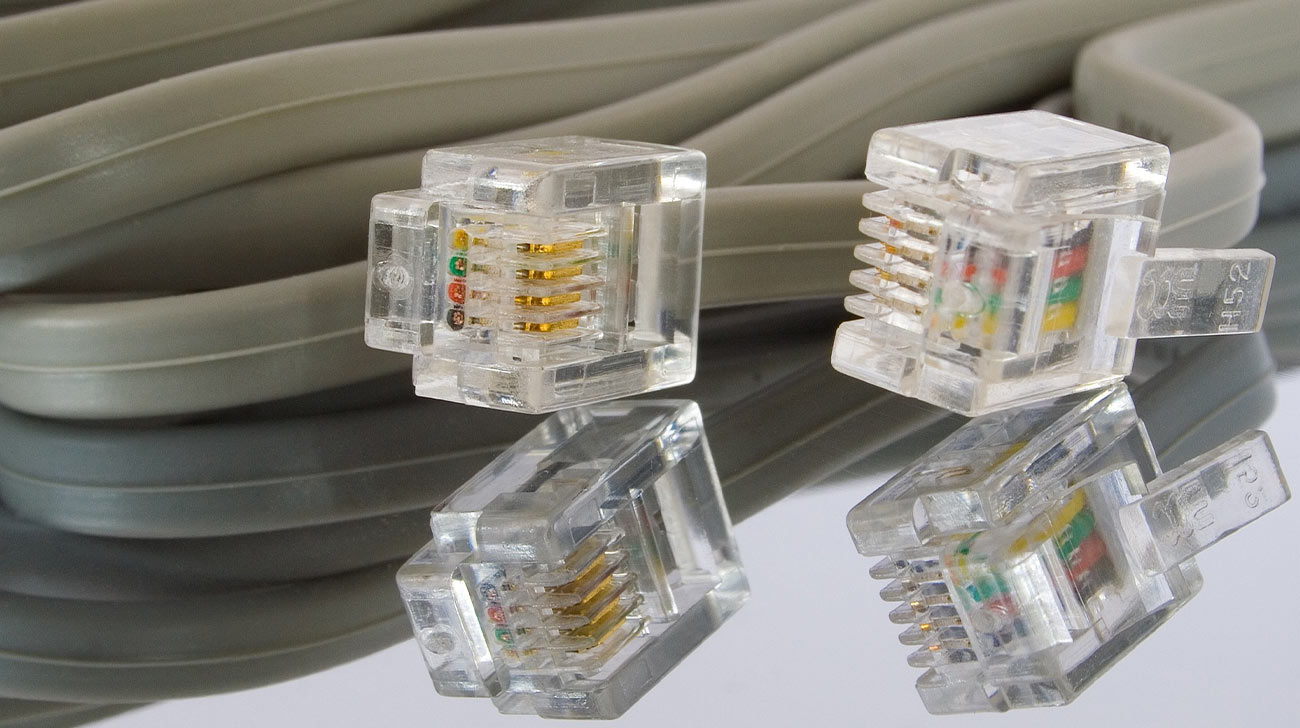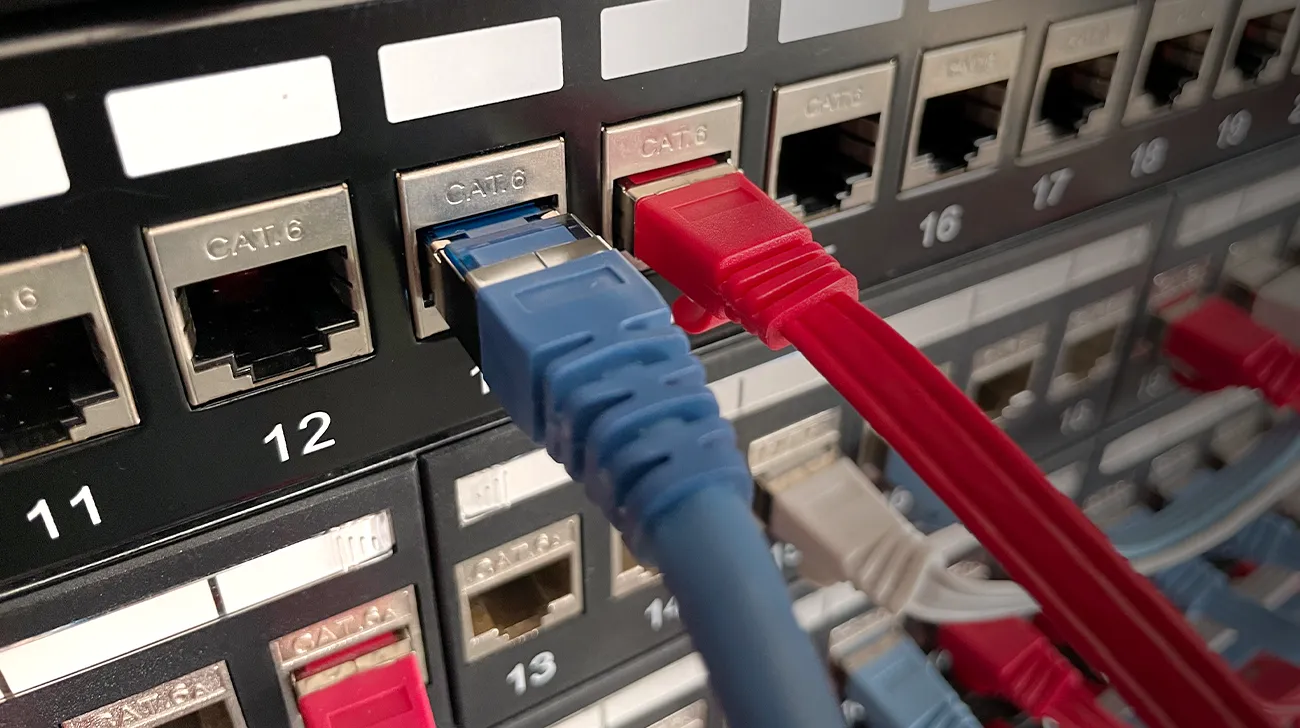Fiber optic connectors are used to connect fiber optic cables or optical fibers to components. There are many different optical connector types. This time we present SC fiber optic connectors in more detail.
SC Fiber Optic Connector: What does it mean?
There are many different meanings for the abbreviation SC. One of them is “Subscriber Connector”. Other common abbreviations are “Square (Fiber Optical) Connector” or “Standard Connector”. The most common, however, is the former.
These SC fiber optic connectors have a 2.5 mm ferrule that snaps cleanly into place. The connector is secured by a push-and-pull movement.
Inside the flange is a spring. If you hear the spring when inserting the connector into the socket, it is properly connected.
This type of connector is characterised by high performance. From about 2002, the fiber optic connector developed in Japan replaced the ST connector that had been widely used until then. But its time may also have come soon.
Advantages & Disadvantages: LC or SC Fiber Optic?
This is because the Lucent Connector (LC) is significantly smaller and at least as powerful. In the new version of the EN50173 and ISO 11801 standards, the SC connector should soon be replaced.
Their advantages are obvious. SC connectors have a square shape for the ferrule, which facilitates arrangement in confined spaces.
In addition, their stable hold prevents connection problems even when the cable is pulled. This solves a problem with ST connectors, where this is exactly when signals can be interrupted.
Since the SC connector has a standard size of 2.5 mm, it can be connected to an FC or ST connector with a hybrid adapter.
The disadvantages of this connector have already been mentioned. Due to their size, they are less suitable in congested areas than the smaller LC connector types.
